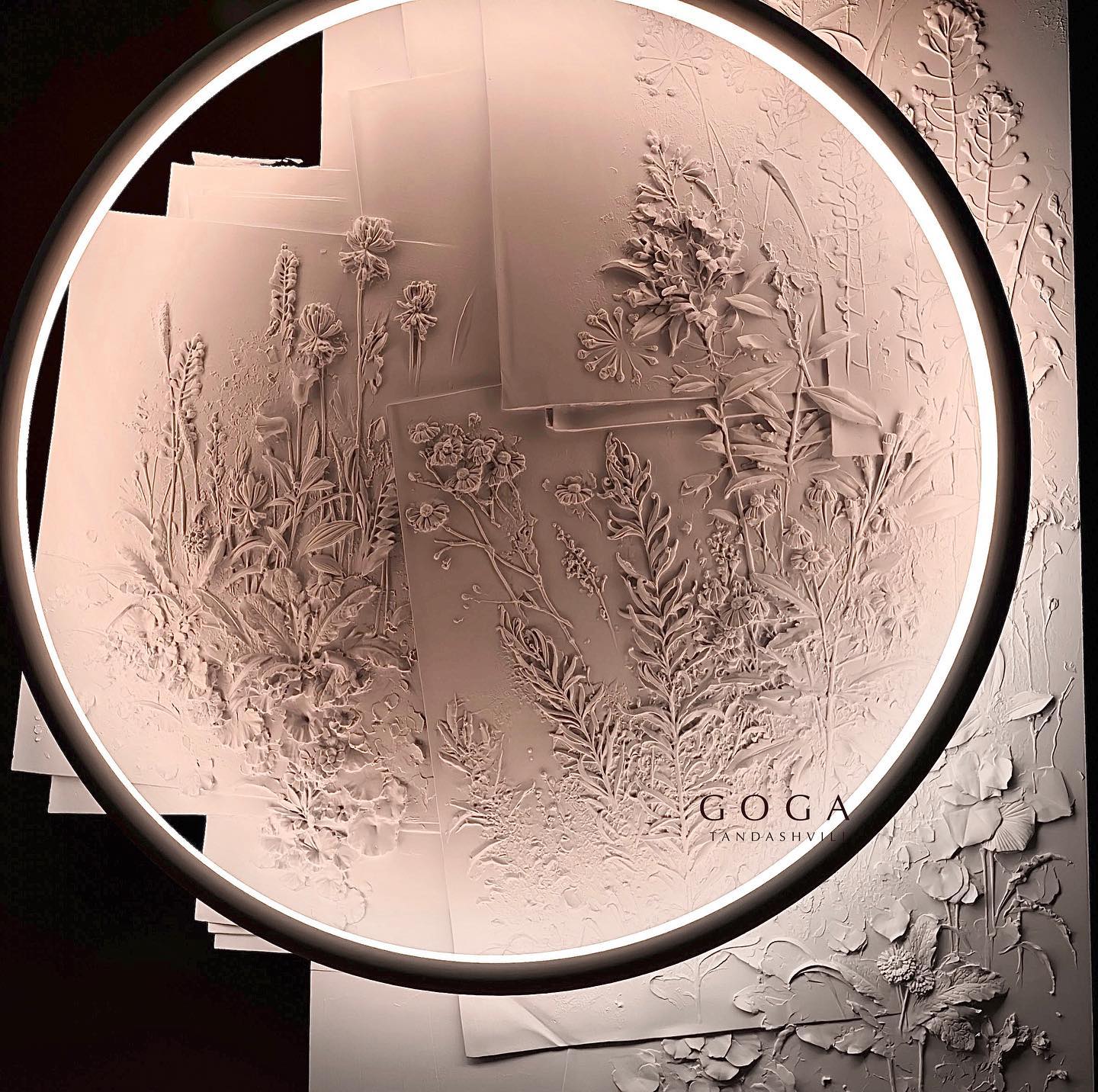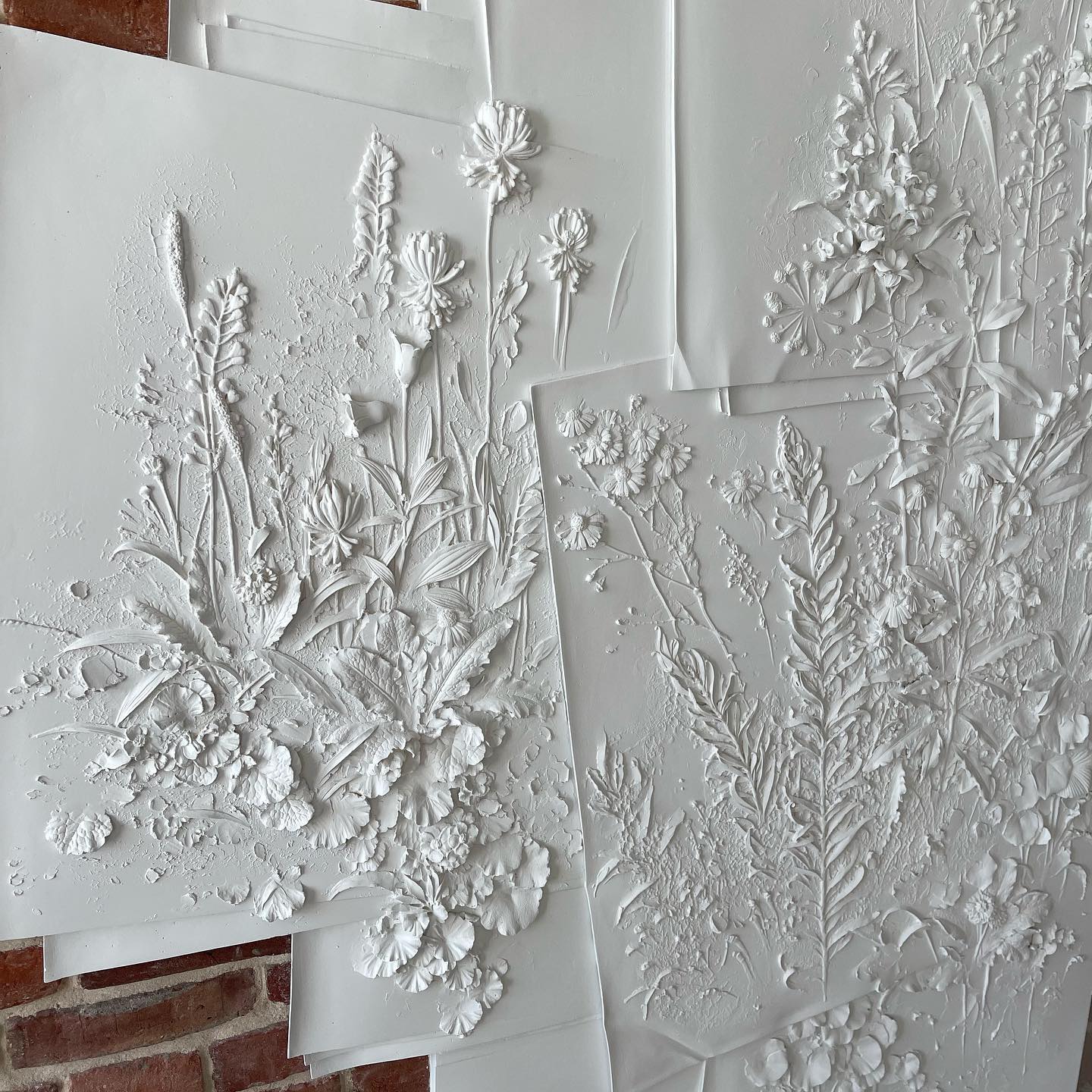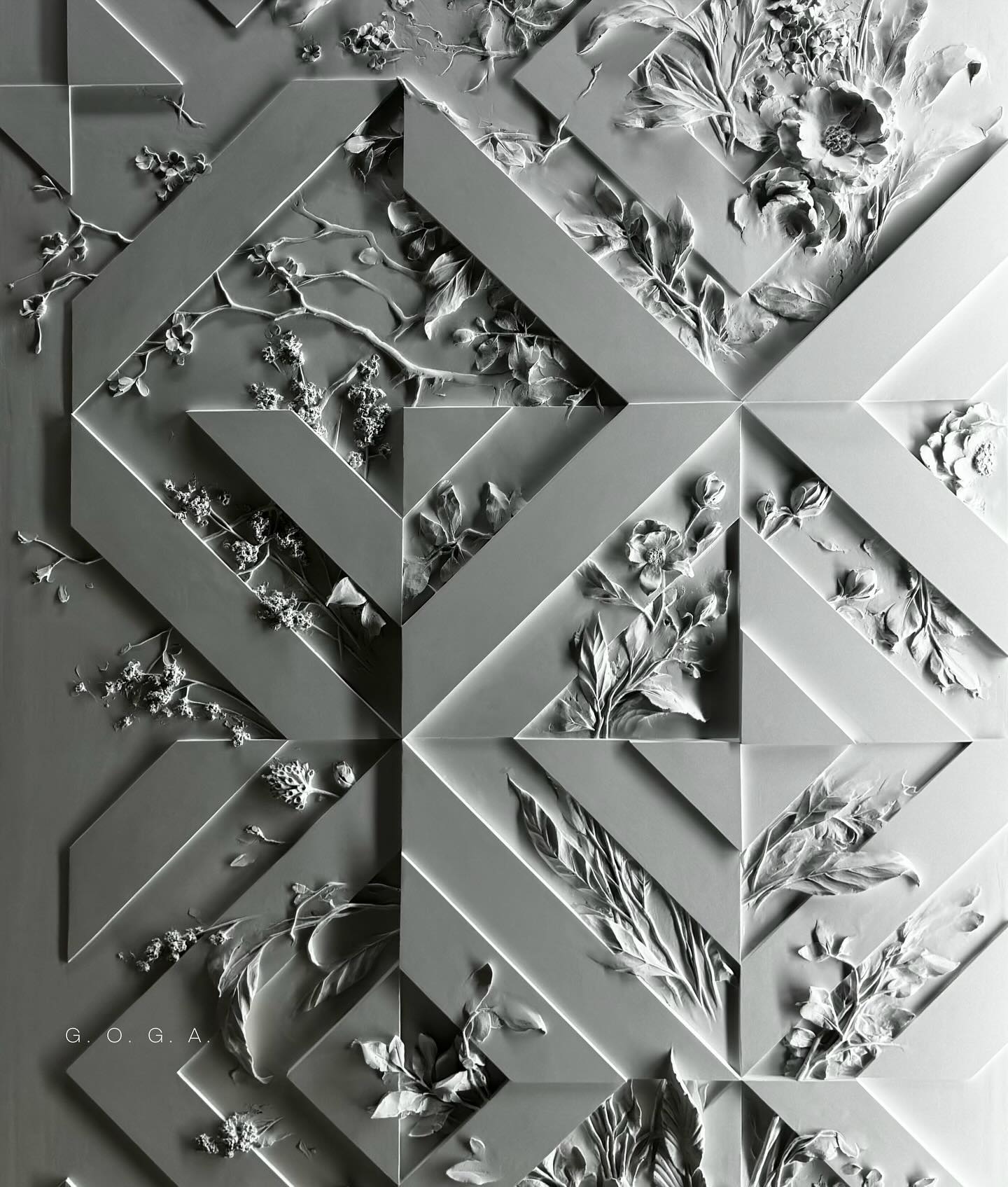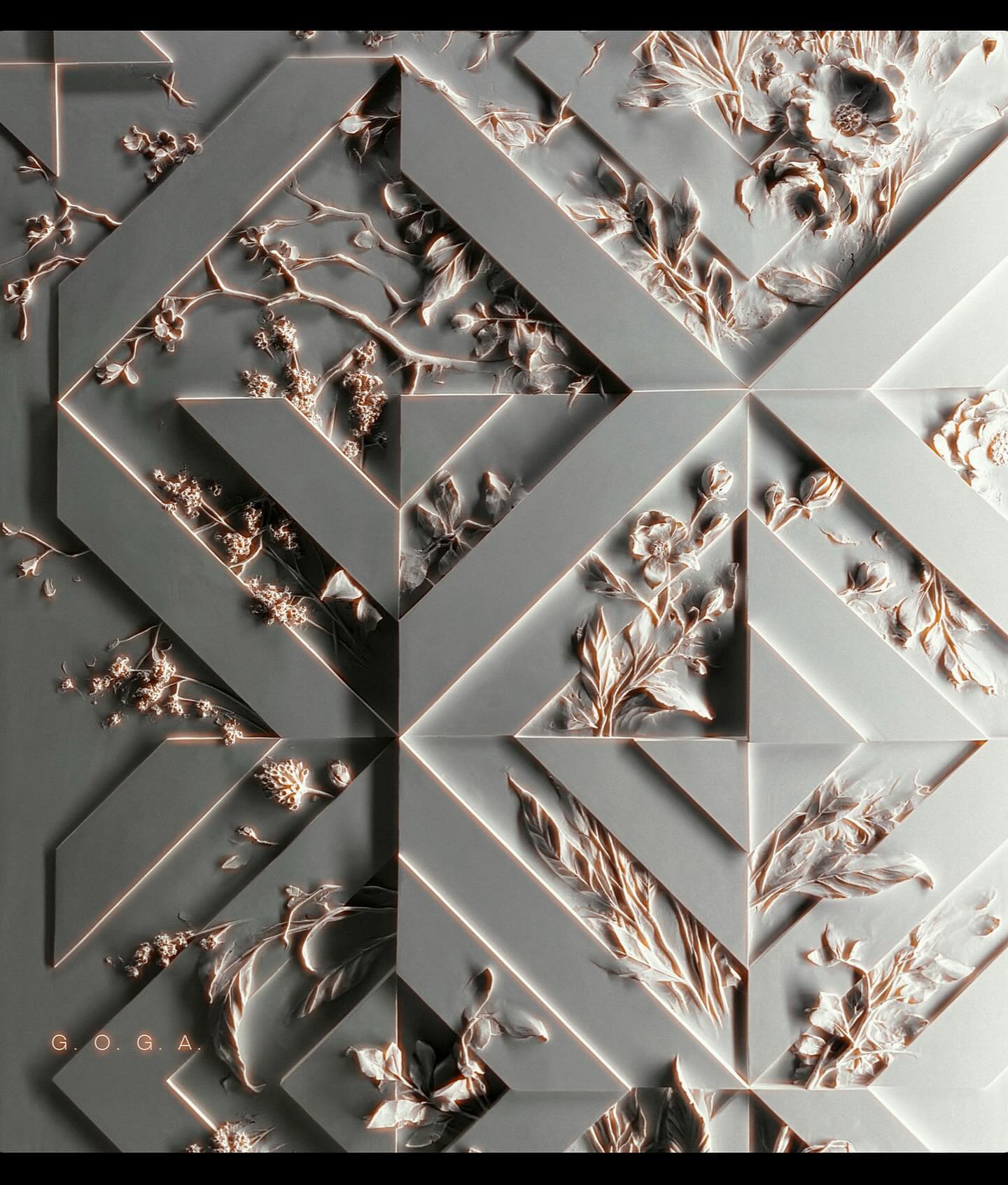- Goga Tandashvili revolutionizes the art of relief sculpture with his contemporary approach.
- His in-process videos reveal the captivating transformation from sketches to exquisite sculptures.
- Tandashvili employs both traditional and modern techniques, including the use of molds and direct carving.
- His work is a testament to the enduring relevance and adaptability of traditional sculpture methods.
- Through his art, Tandashvili ensures the survival and evolution of relief sculpture into the future.
Let me tell you about Goga Tandashvili, a name that has become synonymous with the mesmerizing world of contemporary relief sculpture. Imagine walking into a room, where the walls themselves tell a story, not in words, but through the elegant curves and delicate features of a relief sculpture. That’s the magic Tandashvili brings into interiors with his art.
The moment I first encountered Tandashvili’s sculptures is etched in my memory. It felt like crossing into a world where time paused, yet every second pulsated with life. His creations, a harmonious fusion of historical depth and contemporary flair, gave me the sensation of being present at the dawn of a new artistic epoch.

What truly sets Tandashvili apart are his in-process videos. “Ah, to see an artist at work,” I thought as I watched his hands deftly moving over the surface, sketching out the initial design. It’s in these moments, as he coaxes the stucco from its raw form to a thing of beauty, that the real magic happens. Each stroke of his palette knife, each gentle press of his carving tools, is like a whispered conversation between the artist and his medium.
His technique is a dance of balance between bas-relief and high relief, sometimes incorporating molds but more often relying on his skillful hands and keen eye. I can still recall the awe I felt watching him sculpt a leaf so delicate, it seemed as if it might flutter away with the next breeze. And then, there’s his wildlife – a stag with antlers that looked as though they could pierce the sky, a testament to Tandashvili’s mastery.

It’s not just about creating something beautiful, though. With each piece, Tandashvili reminds us of the power and relevance of traditional sculpture techniques. In a world where digital art and modern installations often dominate the scene, his work is a bridge connecting us to the artistic heritage of the past while firmly planting its roots in the present.
As I followed his journey, I realized that artists like Tandashvili are not just creators but also guardians of these ancient techniques. They ensure that the art of relief sculpture, with its rich history and timeless appeal, continues to evolve and inspire.
In his hands, a wall becomes more than just a part of a room; it becomes a canvas where stories of nature, beauty, and time intertwine. Goga Tandashvili doesn’t just create art; he breathes life into it, ensuring that the traditional art of stucco relief work not only survives but thrives in the modern world.



